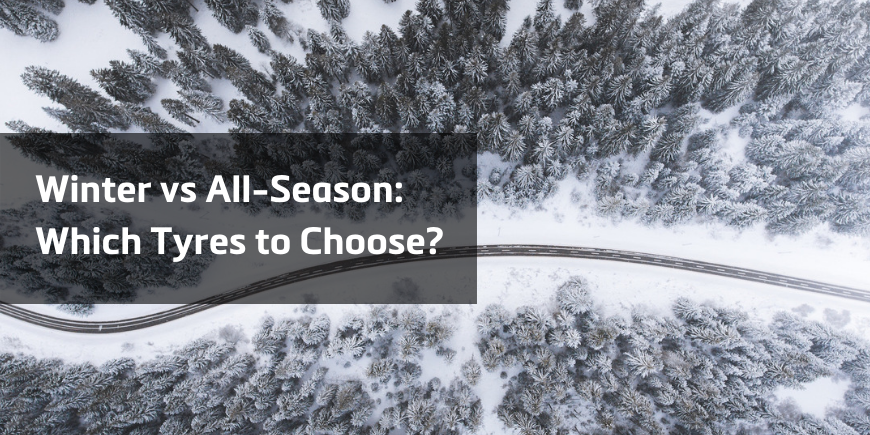It must be stressed that winter tyres guarantee high road holding on all types of surfaces, even in poor grip conditions. At the same time, winter tyres provide excellent traction and safe braking, as well as excellent ride comfort. All this depends on the type of softer compound used to produce these tyres that perform well even when the temperature drops below freezing or when the surface is frozen: the chemical characteristics of winter tyres reduce considerably the braking distance in wet conditions (up to 15%) and in the presence of snow (up to 50%). Also contributing it’is the special tread pattern whose slats collect and retain the snow, improving adhesion to the road surface (the classic “snow friction on snow” effect). Furthermore, the large recesses allow a quick disposal of the water in case of rain, considerably reducing the risk of aquaplaning.
Replacing the tyres twice a year can sometimes be inconvenient (especially for those who use the car for work) and involves a disassembling / assembling operation (not to mention that many have the problem of where to keep unused tyres). This is why more and more people are choosing the right wheels for every season. In fact, the all-season tyres have a good performance both at high and low temperatures, both on wet and dry. However, these tyres – which often cost more than summer or winter – can hardly equal the guaranteed level of summer tyres in summer or winter in winter.
Whatever the choice between specific tyres for a season or tyres suitable all year round, it should never be forgotten that to ensure maximum performance in terms of safety, performance and consumption, the tyre must be in good condition. It is therefore essential to carry out a correct maintenance checking periodically the correct pressure and the conditions of the tread.



